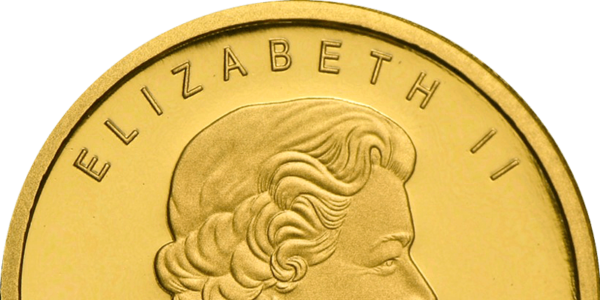Counterparty Credit Risk – The Hidden Danger of Most Assets
Counterparty risk is defined by Investopedia as “the risk to each party of a contract that the counterparty will not live up to its contractual obligations.” Counterparty credit risk in the same thing, only in terms of a financial contract.
In other words, I did my part but you didn’t do yours…
Counterparty risk is something that you already contend with on a daily basis. For example:
What if you paid the cable company but they didn’t provide service?
What if your city or municipality collected taxes from you but did not provide a clean and reliable water supply?
What if you had a fender bender and your insurance company failed to honor the claim?
What if you purchased an item online and it is broken when it arrives?
These are all forms of counterparty risk that you already deal with each and every day, but perhaps nowhere is counterparty risk more significant than in the world of big finance. Again, we call this counterparty credit risk.
Consider this for a moment: What if you worked diligently for the same employer for decades, building a significant holding of the company’s stock in the process. In fact, imagine for a moment that over the years you amassed 10,000 shares of stock and that today that stock is currently worth $50 per share. In other words, your total position is now worth about $500,000.
You have collected dividends and have been happy with the stock’s performance over the years, and you intend on buying even more stock.
Then news hits the wires that your company has been cooking the books, and is in serious financial and legal trouble.
The following morning, shares of the stock gap lower on the open, and have gone from $50 per share to $35 per share. Before you can do anything, the stock sinks further as investors hit the exit signs in droves, and the stock hits just $25 per share.
Your holdings just took a 50% haircut and the value of your position went from $500,000 to just $250,000 all in the blink of an eye.
You hold your shares even as the stock continues to sink, and as the severity of the “accounting irregularities” becomes clearer, the company announces it will be forced into bankruptcy.
The remaining stockholders are completely wiped out.
Don’t think for a second that something like this couldn’t -or doesn’t- happen. Just ask anyone who owned shares of Enron or WorldCom…
The financial reality of counterparty credit risk is simple: If you own stocks, bonds, or any other “paper” asset, you have counterparty credit risk, period.
What if there were assets you could buy that carry no counterparty credit risk? Assets that cannot go bankrupt, default or fail to carry out their end of the deal?
The good news is this: Such assets do exist. They are called real, physical gold, silver and other precious metals.
These precious metals have been considered a reliable store of wealth and value for thousands of years. They cannot default, and are backed up not by paper promises but by inherent value.
If you do not already have an allocation in this key asset class, now may be the ideal time to get started.
Adding physical metals to your holdings has never been easier than it is today. Speak with a Tradition Gold account executive now about the potential benefits of physical gold and silver ownership.
Don’t leave your financial future hanging on paper promises. Take steps to help secure it today with physical precious metals. Call XXX-XXX-XXXX to get started today.


